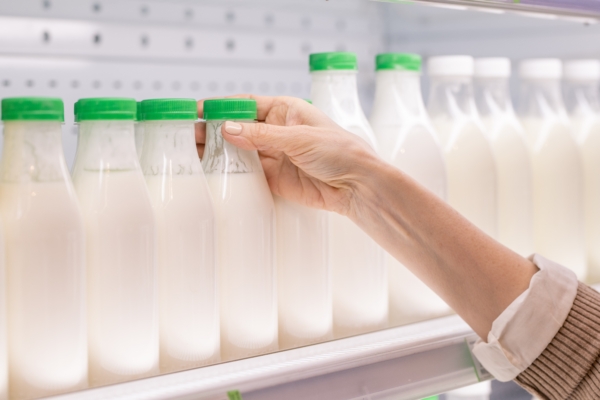When it comes to gardening, slugs are one of the most detested pests as they can cause extensive damage to plants and sometimes even lead to complete crop failure. Slugs belong to the class Gastropoda, and their muscular foot moves in a wave-like motion to help them glide along the ground, aided by the secretion of mucus that smooths their path. They also have two pairs of tentacles, with the upper pair used for sight and the lower pair for touch and taste.
Slugs feed using a radula, a tongue-like organ covered in tiny teeth that can rasp and shred plant material. Different slug species have varying dietary preferences, with some species primarily feeding on plants and causing significant harm to vegetation.
Controlling slugs is a widely discussed topic among gardeners. There are various methods for slug control, each with different effectiveness and environmental impacts. While many may opt for chemical pesticides to eradicate slugs, these products often contain harmful chemicals like formaldehyde that are toxic to other wildlife, making them unfavorable for those practicing organic gardening. In such cases, utilizing milk bottles to trap slugs can be a viable alternative.
Fiona Nevile, the founder of the website Cottage Smallholder, often shares homemaking tips, including a natural method of using milk bottles to lure and trap slugs. In one of her articles, she recounted how a friend unintentionally set up a slug trap by placing a milk container filled with slightly spoiled milk on their outdoor terrace. The next day, the container was found teeming with small snails and slugs, all deceased, proving the effectiveness of this method without the need for harmful slug pellets.
As she disliked using slug pellets, Nevile’s experiment with the milk bottle trap demonstrated its practicality. She recommended this inexpensive, simple, and efficient method for anyone growing flowers, herbs, or vegetables. Utilizing milk bottles for slug control is not only eco-friendly but also poses no harm to other organisms.
In the UK, it is common knowledge that milk bottles can protect plants during frost and also serve as effective mechanisms for eliminating slugs and snails when used strategically. Here are a few steps to implement this method:
– Prepare the Container: Begin by selecting a clean milk bottle or can and cutting several small slits near the top or creating a larger opening.
– Add Bait: Pour a mixture of milk, beer, flour, water, and yeast into the bottle as bait until it reaches just below the opening.
– Bury the Bottle: Partially bury the bottle in the ground, ensuring the opening remains above the soil surface for slugs to enter.
– Monitor and Dispose: Regularly check the trap, remove captured slugs, and either dispose of them or add them to compost.
Garden Organic found that slugs are attracted to beer, making it an effective lure. These traps often capture the most damaging slug species, such as grey field slugs, and other common garden varieties. In addition to milk or beer, orange peels can also be used as bait for slugs, or copper strips can be employed to repel them due to the weak electric shock generated when their slimy bodies come in contact with copper.
By employing these natural and environmentally friendly methods, gardeners can effectively manage slug populations while safeguarding their plants without resorting to chemical interventions.

